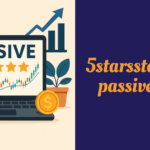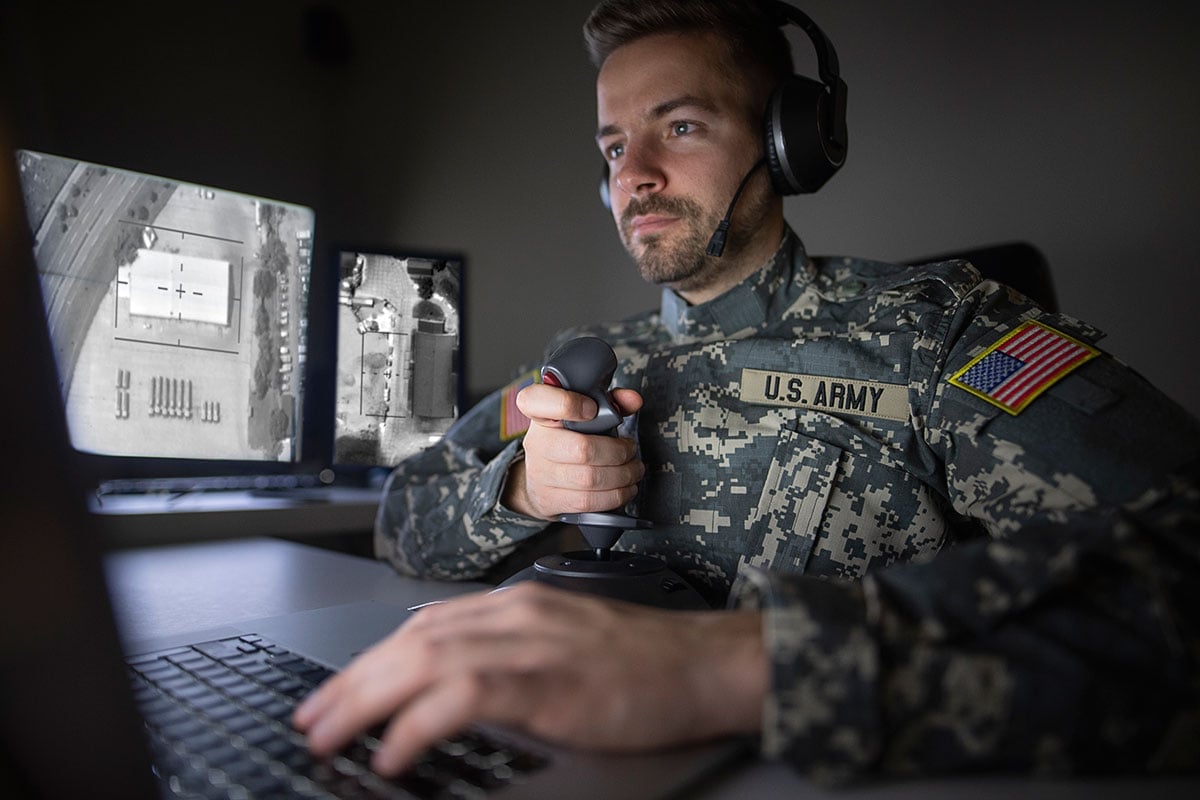The phenomenon of influencer marketing has experienced dramatic shifts over the last decade. Early on, celebrities and broad-based endorsements dominated the scene. However, as consumer behavior evolved and digital platforms became more sophisticated, brands began to demand marketing solutions that offer precision and authenticity.
That is where influencersginewuld comes into play—providing an AI-driven, data-centric framework that not only identifies the most relevant influencers but also tailors campaigns that resonate deeply with target audiences.
In this guide, we explore everything you need to know about influencersginewuld, offering detailed insights and actionable steps for boosting your brand’s influence and ranking.
Background and Evolution
Influencer marketing has grown from a niche practice into a multi-billion dollar industry. Initially, bloggers and early YouTubers paved the way by building communities around personal interests. Over time, the market evolved and now places significant emphasis on measurable engagement and performance.
Today, influencersginewuld stands as a refined approach that integrates advanced data analytics and AI to revolutionize how influencers are selected and how campaigns are managed.
To understand this evolution, consider the following timeline:
| Period | Marketing Approach | Key Driver of Change |
|---|---|---|
| Early 2000s | Traditional celebrity endorsements | Limited data and reach |
| Mid 2000s to 2010s | Rise of bloggers & YouTubers | Increased internet adoption |
| 2010s to Present | AI-driven, authentic influencer marketing | Data analytics and evolving consumer trust |
These stages highlight how influencersginewuld builds upon past successes while introducing refined strategies that set it apart from traditional influencer marketing.
Core Concepts and Definitions
At the heart of influencersginewuld lies a simple yet powerful idea: authenticity is paramount. Unlike traditional marketing methods that rely solely on the breadth of an influencer’s audience, this approach prioritizes deep engagement and trust. Influencer marketing now involves several critical components:
- Authentic Engagement: Consumers trust influencers who share their genuine experiences rather than scripted advertisements.
- AI-Driven Selection: Leveraging machine learning, brands can accurately predict which influencers will resonate best with their target demographics.
- Niche Targeting: Micro- and nano-influencers may have smaller followings, but their audiences are highly engaged and tailor-made for specific brands.
These foundational ideas ensure that influencersginewuld creates campaigns that are not only cost-effective but also exceptionally influential.
Diving Deeper into Influencersginewuld
Identifying Authentic Influencers
One of the most critical aspects of influencersginewuld is choosing influencers based on quality rather than just quantity. An effective strategy involves:
- Evaluating Follower Quality: Focus on engagement rates and audience demographics rather than just the sheer number of followers.
- Understanding Niche Appeal: Micro- and nano-influencers often have a loyal community that trusts their opinions and can drive more meaningful interactions.
AI-Driven Influencer Selection
Advanced AI tools help brands identify high-potential influencers by analyzing real-time data. For example, algorithms can evaluate metrics such as click-through rates, video watch times, and sentiment analysis in comments to ensure that partnerships will yield high returns on investment.
A simplified table can illustrate this concept:
| Feature | Traditional Method | Influencersginewuld Approach |
|---|---|---|
| Influencer Selection | Follower counts and impressions | Engagement quality, AI analytics, authenticity |
| Campaign Strategy | Broad messaging | Tailored, data-driven personalization |
| Performance Tracking | Manual monitoring | Real-time, automated analytics dashboards |
Personalized Campaigns and Cross-Platform Integration
In a world where consumers navigate multiple social media platforms, influencersginewuld ensures seamless messaging across Instagram, TikTok, YouTube, and more. Campaigns are designed in a way that:
- Reinforces brand identity across all channels.
- Utilizes each platform’s unique features to enhance engagement.
- Employs consistent data tracking to measure performance and adapt strategies quickly.
Technical Aspects and Tools Behind Influencersginewuld
Modern influencer marketing thrives on technology. The integration of AI and data analytics plays a pivotal role in the influencersginewuld methodology. Tools such as predictive analytics platforms, real-time engagement dashboards, and fraud detection software ensure that influencer partnerships are both genuine and efficient.
For instance, an ideal campaign might utilize:
- Real-Time Analytics: Tools that provide up-to-the-minute tracking of campaign performance.
- Predictive Analytics: Software that forecasts future trends based on historical data.
- Fraud Detection Tools: Systems that verify the authenticity of an influencer’s audience to prevent inflated metrics.
These technologies not only streamline the process but also provide measurable outcomes that can be optimized continuously.
Creating a Winning Influencersginewuld Campaign
Developing a successful campaign using the influencersginewuld approach involves setting clear objectives, crafting engaging content, and collaborating closely with your chosen influencers. Start by establishing measurable goals, such as increasing website traffic, boosting online engagement, or driving sales conversions.
Steps to Build Your Campaign
- Define Clear Objectives: Set SMART (Specific, Measurable, Achievable, Relevant, Time-bound) goals that align with your overall brand strategy.
- Collaborate on Content Creation: Work with influencers to co-create content that feels authentic. This could include behind-the-scenes videos, exclusive product previews, or storytelling that resonates with audiences.
- Monitor and Optimize: Utilize AI-powered analytics to track engagement and conversion metrics. Adjust your strategy in real time based on performance data.
A simple workflow diagram might look like this:
Brand & Goal Definition → Influencer Selection → Content Co-Creation → Campaign Launch → Analytics & Optimization → Review & Scale
Measuring Success and Continuous Improvement
The success of any influencersginewuld campaign is measured by how well it drives real business results. Key performance indicators (KPIs) to monitor include website traffic, online engagement rates, conversion metrics, and overall return on investment (ROI).
For example, you can create a dashboard displaying the following metrics:
| KPI | Definition | Measurement Tool |
|---|---|---|
| Engagement Rate | Likes, comments, shares | Social Media Analytics |
| Conversion Rate | Click-through to sales conversion | Google Analytics, CRM |
| Follower Growth | Increase in social media followers | Platform Analytics |
| ROI | Revenue generated vs. campaign cost | Financial Tools, Dashboards |
Gathering periodic customer feedback and running surveys can also provide qualitative insights to complement these quantitative measures.
Advanced Strategies and Future Trends
Looking ahead, the influencer marketing landscape is rapidly evolving. Innovations such as virtual influencers, augmented reality (AR) experiences, and tighter regulatory frameworks will all influence how the influencersginewuld concept develops. Future campaigns will likely emphasize even more personalization through:
- Virtual Influencers: AI-generated personas that maintain consistent branding and avoid the pitfalls of human error.
- Increased Video Content: The continued rise of short-form video content ensures more engaging storytelling.
- Enhanced Ethical Practices: Transparent disclosures and stricter regulatory adherence will play a key role in maintaining consumer trust.
FAQ’s About Influencersginewuld
1: How can small businesses implement the influencersginewuld approach on a limited budget?
Small businesses can start by focusing on micro- and nano-influencers who typically have lower fees and often feature a highly dedicated audience. Establishing pilot campaigns and leveraging cost-effective collaboration methods (such as product gifting or mutually beneficial content creation) can help businesses build a reputation for authenticity without large expenditures. Experimenting with localized campaigns and tracking results using budget-friendly analytics tools also allows smaller brands to gradually scale up their efforts.
2: What strategies help maintain brand consistency when working with multiple influencers under the influencersginewuld model?
To preserve a consistent brand voice and image while partnering with various influencers, brands should develop a comprehensive brand guideline that outlines key messaging, tone, and visual standards. Regular meetings and clear campaign briefs will ensure that influencers understand the brand’s core values and aesthetics. Additionally, establishing a central campaign monitoring system can help detect any deviations early so that adjustments can be made to preserve the integrity of the overall brand image.
3: How do virtual influencers fit into the influencersginewuld framework compared to traditional human influencers?
Virtual influencers, driven by AI and computer-generated imagery, offer brands a controlled, consistent, and scalable option with low risk of reputation issues tied to human behavior. They can be tailored to represent the exact brand persona and adapt dynamically based on campaign performance data. While they complement traditional influencer efforts, virtual influencers are particularly attractive for experiments with cutting-edge, tech-driven marketing strategies, bridging creativity with precision in targeting audiences.
4: Which long-term performance metrics should brands prioritize for sustainable success with influencersginewuld campaigns?
In addition to engagement and conversion rates, brands should monitor metrics that indicate sustained growth and audience loyalty over time. These include customer lifetime value, retention rates from influencer-driven leads, and social sentiment trends. Long-term tracking of referral traffic and periodic surveys of audience perception can provide strategic insights into how well the campaign’s authenticity and brand alignment are resonating in the market.
5: How can a brand manage negative reactions or crises during an influencersginewuld campaign?
Even with meticulous planning, challenges such as miscommunication or unforeseen controversies can arise. It is essential for brands to establish a crisis communication plan beforehand that includes swift response protocols and clear lines of responsibility. Monitoring social sentiment in real time using advanced analytics tools will allow brands to detect issues early. Moreover, maintaining transparency and promptly addressing concerns—whether through public statements, adjustments to the campaign, or private dialogues with key stakeholders—can mitigate damage and restore trust quickly.
Conclusion
The world of digital marketing is evolving, and so is the role of influencers. Influencersginewuld encapsulates a modern, AI-driven approach to influencer marketing that prioritizes authenticity, precision, and measurable results.
By leveraging advanced data analytics, personalized content strategies, and a commitment to ethical marketing practices, brands can achieve deeper engagement and superior ROI. This guide has provided a comprehensive roadmap—from foundational concepts to advanced strategies—that will help you not only beat the competition but become the definitive resource on this innovative approach.
Recommended Articles
In-Depth Analysis: grattoh is a rat ereklo_game maplestory reddit
Comprehensive Guide to the amt 1/16th scale schwinn bicycle orange
The Ultimate Comprehensive Guide to UKM 560-1000-2: Precision, Performance and Industrial Excellence
The Ultimate Guide to Hitlmila: Origins, Principles, Applications and Future Trends





